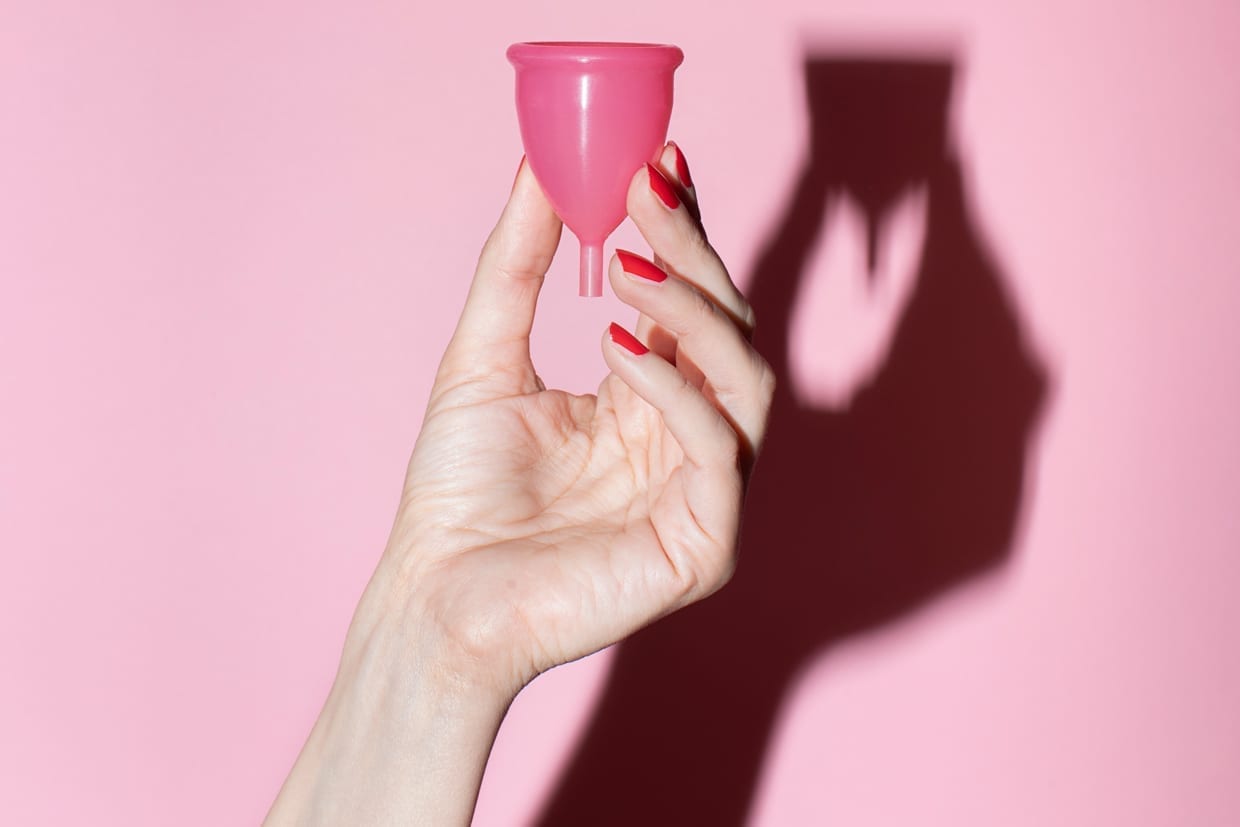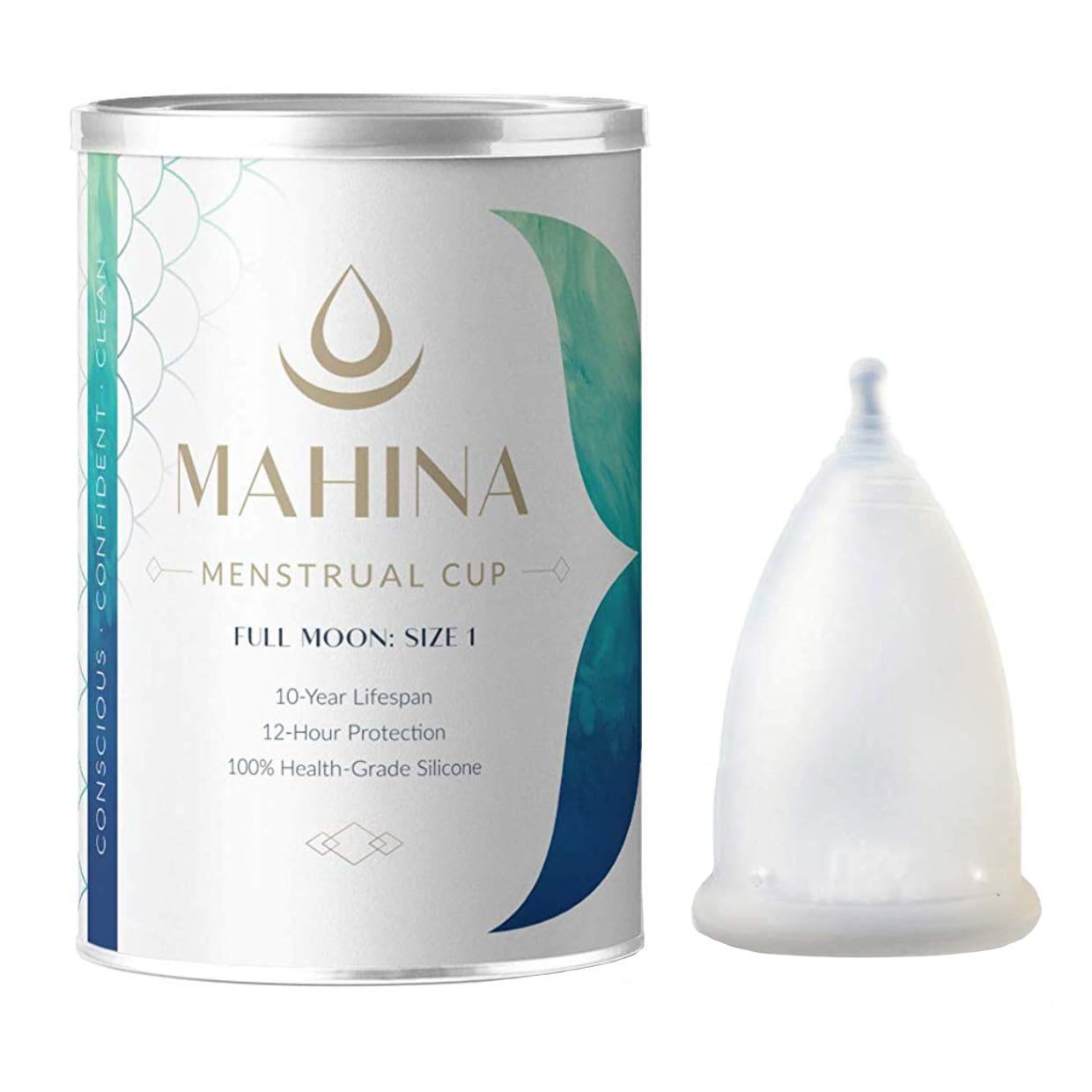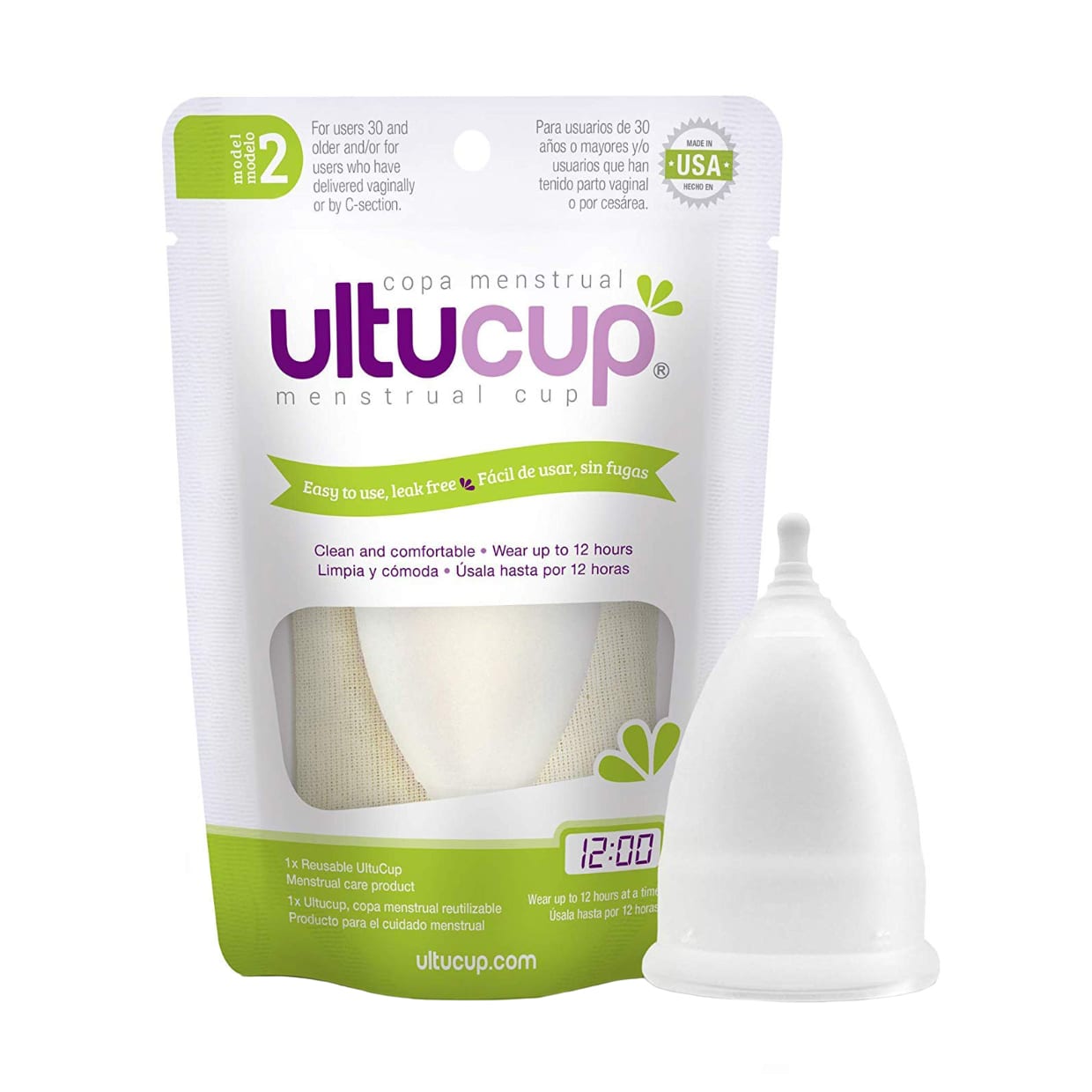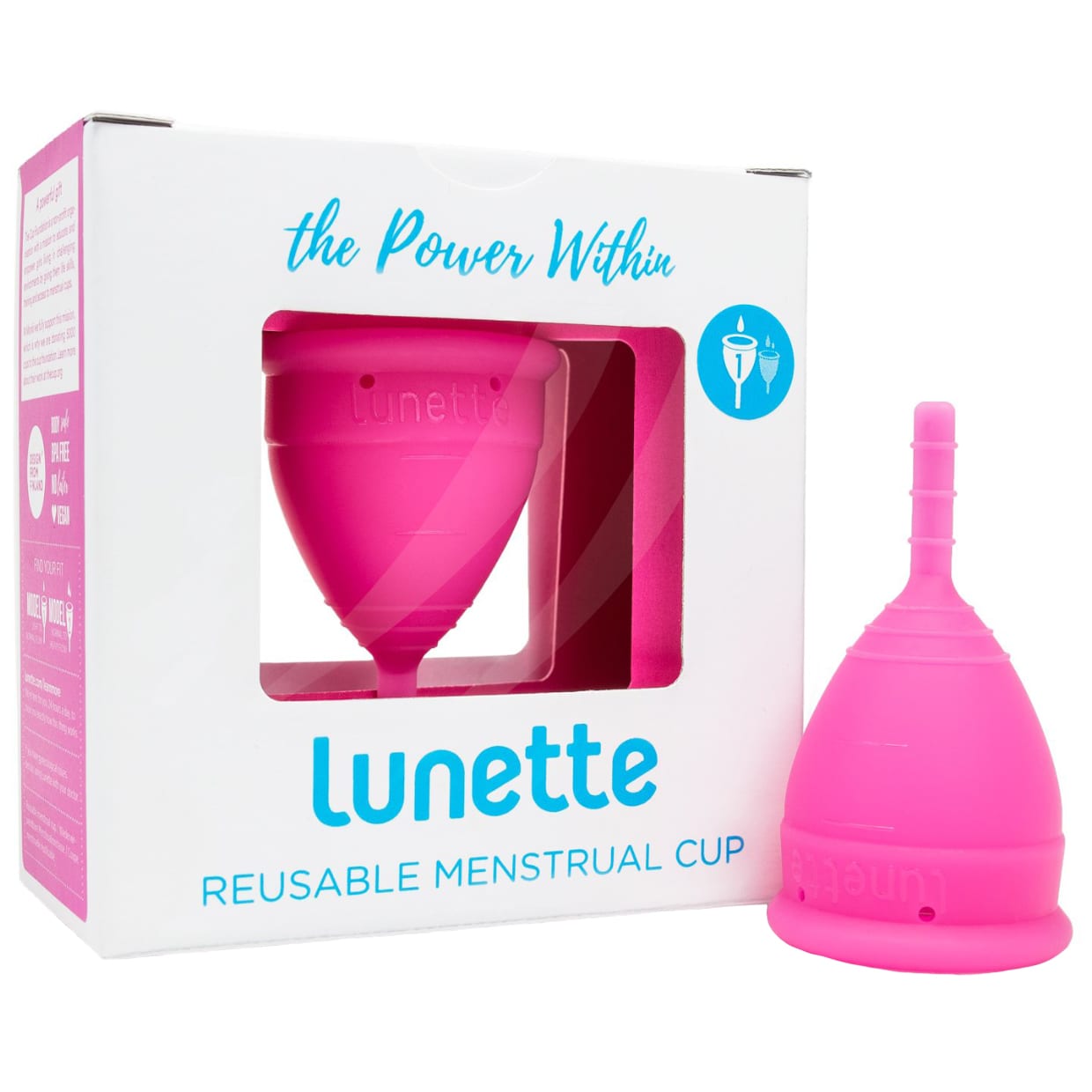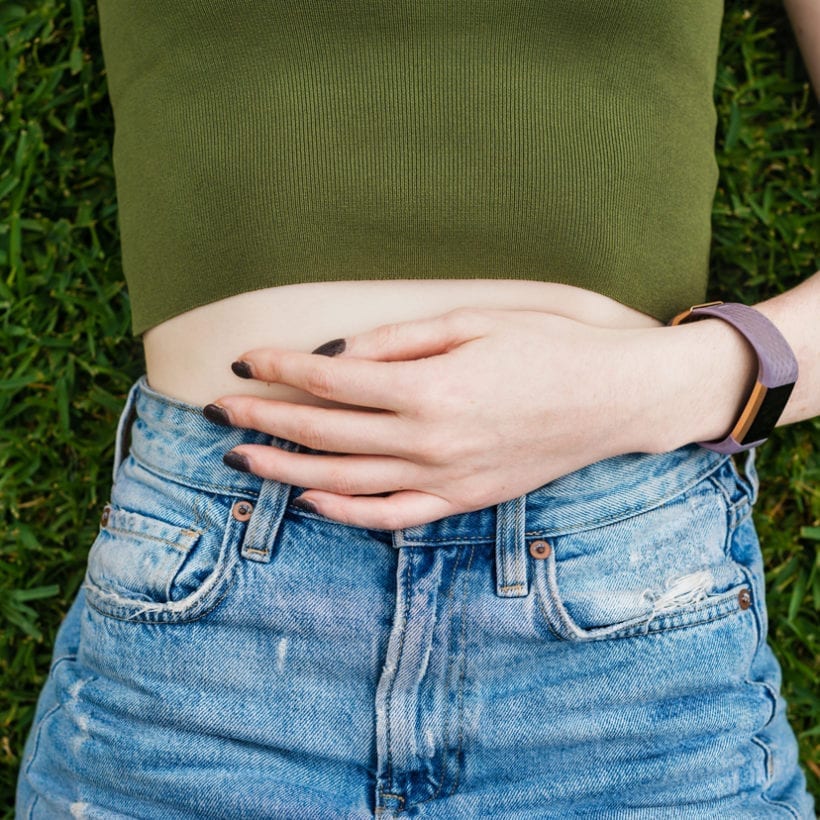Before I set out on a year-long trip around the world, I obsessed over what to pack. After all, 365 days without returning back to the U.S. felt like a long time — and I worried about having enough of everything I needed. Including feminine products.
And since accessibility to feminine hygiene products is limited depending on where you are in the world, I purchased a menstrual silicone cup to save space on the tampons I usually used. As Kristine Blanche, RPA-C, Ph.D., owner of Integrative Healing Center explains, the Food and Drug Administration (FDA) doesn’t regulate the ingredients in feminine hygiene products unless they are made from organic materials. Though there are some natural varieties of tampons on the market, most contain chemicals that are absorbed through our vaginal tissues into our bodies, just like the way our skin absorbs products.
Truth be told, I didn’t expect to like it — especially since I had been using tampons since I first got my period in my early teens. Two years — and 26 countries — later and I will never use anything but a menstrual cup when I am on my period.
Here, my reasons why this is the go-to pick for me:
They can be left in for longer periods of time
Whether I was aboard a long bus ride or on a lengthy hike, I didn’t always have access to a bathroom. This made the menstrual cup a lifesaver many times since I never had to worry about changing it. As Tristan Emily Bickman, M.D., OB-GYN, explains, most cups can be left for up to 12 hours without leaking. For those who have a heavier flow, you may need to empty out every four hours.
Why can they hang out for so long? Mainly, due to their cylinder shape that contours inside your vagina, suctioning to the walls. To insert, you squeeze it flat, stick up as far as comfortable and release. As it attaches to you, it seals, preventing any fluid from escaping. Award-winning OB-GYN and author Felice Gersh, M.D., also says the medical-grade silicone or rubber material makes them safe to be inside your body for many hours. To release, you squeeze either side gently until the suction releases, then pull out.
It was empowering to go about my day, check off items on my never-ending to-do list without giving a second thought to my period.
They make me more comfortable with my body
I will confess, I was a little worried the first time I tried a menstrual cup. It was tricky to put in, and I was anxious the whole time that my period would overflow. Much like when I started using tampons, I could also feel the cup inside, which made me uncomfortable. When it was time to empty the cup, I was terrified of spilling and it took me a few tries to get it right. This experience — while albeit, messy at first — made me much more comfortable with my own body. It was also empowering to go about my day, check off items on my never-ending to-do list and even take a workout class without giving a second thought to my period. With practice, my menstrual cup is now second-nature and many times, I forget I am even wearing it.
They are healthier for your vagina…
When I was using tampons for my period, I would frequently have several lady issues. From drying out to yeast infections, I was constantly turning to my doctor to try and figure out why my vagina was so sensitive. Once I switched to the menstrual cup, all of these problems came to a stammering halt — a possible sign that before switching there was a disruption in the microbiome of my vagina. As Gersh explains, our vaginas are a complex environment, with the lower portion harboring aerobic (oxygen loving) bacteria, while the upper portion exists without oxygen.
“Tampons can allow air to penetrate into the upper regions of the vagina, altering the environment and changing the microbial life-forms able to live in those upper reaches. Altering the microbiome is only now being recognized as a very important matter for the health of the entire female reproductive tract,” she explains.
And if you are someone who usually uses heavy-absorbent tampons or the ‘super’ size, Gersh says these can facilitate the growth of toxic staph and strep bacteria, resulting in the production of toxic particles. While it is rare, in some extreme cases, this can cause toxic shock syndrome, a life-threatening medical condition.
With constant use, Blanche has seen more and more women have issues from tampons. “The toxins are then near the ovaries and the endocrine glands are sensitive to these toxins like pesticides, dioxins and heavy metals. These are all endocrine-disrupting chemicals. Women in the United States are becoming more estrogen dominant because of exposure to all of these chemicals,” she continues. “The symptoms are PMS, menstrual cramps and breast tenderness. These symptoms are a sign that the burden of chemicals is high — not a sign of a healthy period. Women with a low burden of chemical exposure do not even know the period is coming.”
…and the environment.
While menstrual cups are much more common in Europe and Australia, American women are still hesitant to hop on the boat. One convincing reason could be the impact tampons and feminine pads have on the environment. It is estimated a woman will use up to 16,000 tampons in her lifetime, according to CNN. And if you tend to choose tampons with a plastic applicator, that is tons of recyclable waste that will take decades to break down. On the other hand, the same menstrual cup can be used for up to a year, significantly cutting back on the amount of waste. If you are still on the fence, perhaps your wallet will sway your decision: You will spend a minimum of $1,700 buying tampons from your first to your last period. Since menstrual cups costs anywhere from $20 to $40, and you only need one a year, you are looking at major savings.
https://www.instagram.com/p/BupKHiPnKfV/
They are easy to clean — but you should use trusted water
To ensure your menstrual cup is sanitary and clean, doctors recommend rinsing every time you empty with warm, clean water (avoid soap as it can irritate your vagina). Though it is rare, it lowers your risk for infection or any other complication from bacteria. Unlike tampons, which are inserted, taken out and thrown out, you can keep the same menstrual cup for months, so you should treat it like anything else you use frequently. Bickman says to wash your hands with soap before you remove your cup. Once you empty the contents in a toilet and flush, you should run the cup under a faucet until free of all blood. Once a month, you should also boil your cup to keep it sanitized and ready for your next cycle, Bickman adds.
They decrease the risk of blood clots
Did you know that tampons put women at a higher risk for blood clots? As Bickman shares, tampons push up against our cervix, which can make any blood that comes down the clot. However, a menstrual cup keeps blood in the liquid form where it can’t clot. While you may also see discharge when you empty a cup, you are protecting yourself from a potential threat that is posed by the most commonly used feminine hygiene product.
Menstrual Cups to Consider
If you are ready to test on a menstrual cup, you will find plenty of options available. Even though this form of feminine hygiene has only been widely available since the late 1980s, according to Bickman, there have been many strides for every shape, flow and woman. Here, a few to consider:
Mahina Cup, $42
When the founder of this cup, Alila Grace, was traveling through India, she was shocked by the lack of feminine hygiene protection, as well as the stigma attached to menstrual cycles. She also saw first-hand how disposable products, like tampons, polluted local freshwater sources. She started creating her menstrual cups to sell to tourists abroad so she could give them to local young women in India. Today, the cups are made from 100 percent medical-grade silicone, and they are easy to clean in both warm or cold water. They are free of latex, toxins and chemicals, too.
UltuCup, $40
Not all vaginal canals are the same size, and this is something UltuCup wanted to solve. For some women, the shape of their vagina made it difficult to fit a cup, since it wouldn’t suction correctly, and thus leak. With UltuCup, you have options: a larger fit for those who have heavy periods, a smaller, flatter shape for those with a lower cervix and even one for super-light days. Not only is the cup made of medical-grade silicone, but even their packaging is recyclable, too.
Lunette comes in two shapes: one for a light flow, another for a heavy. Because they have been around for several decades — it is one of the original brands from the 1980s — they have a loyal fan base and plenty of five-star reviews. Also made of medical-grade silicone, they are registered with the FDA and the Vegan Society. Created in Finland, they are chemical, latex and BPA free. They also come with a storage pouch and user guide, making them ideal for beginners.
